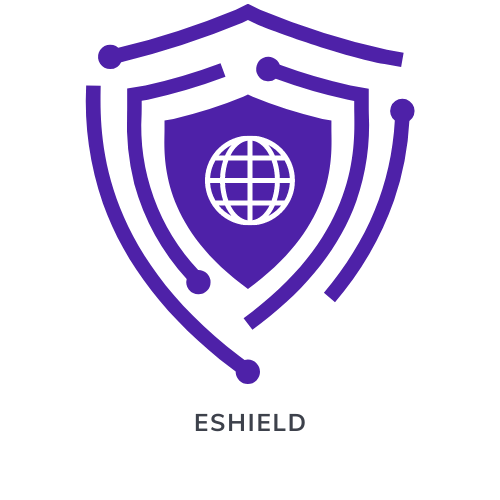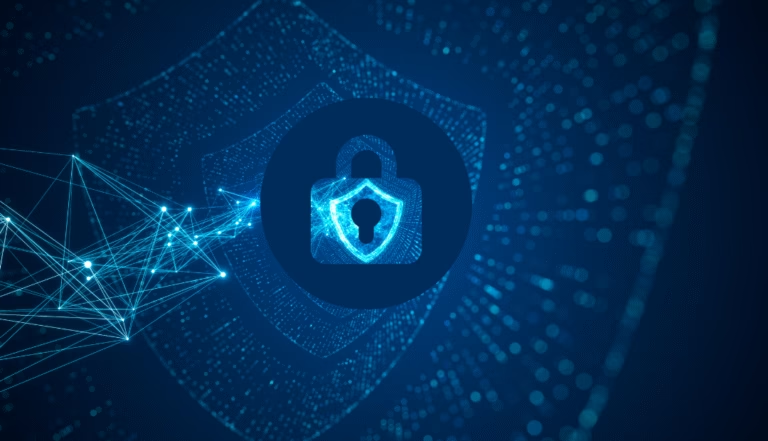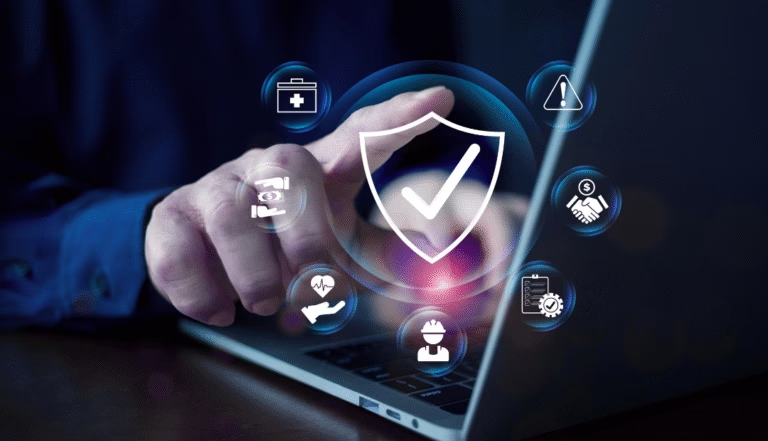Understanding the Software Development Lifecycle and Security
The Software Development Lifecycle (SDLC) is a process used by software development teams to plan, design, develop, test, and deploy software products. Security is a critical aspect of the SDLC, as ensuring the security of the software product is essential to protect it from potential threats and vulnerabilities.

1. Planning:
During the planning phase, security requirements should be identified and documented. This includes considering potential security risks and threats, and determining the necessary security measures to mitigate them.
2. Design:
In the design phase, security considerations should be integrated into the overall software architecture. This includes implementing security controls such as encryption, authentication, and access controls to protect the software from potential security breaches.


3. Development:
During the development phase, security practices such as secure coding guidelines and code reviews should be followed to ensure the software is developed with security in mind. This helps to identify and fix security vulnerabilities before they can be exploited by attackers.
4. Testing:
Security testing, including vulnerability assessments and penetration testing, should be performed to identify and address any security issues in the software. This helps to ensure that the software is secure and resilient against potential attacks.


5. Deployment:
Before deploying the software, security assessments should be conducted to ensure that the software meets security requirements and is safe to be released to users. This includes monitoring and updating security controls to protect against evolving threats.
Best Practices for Secure Software Development

1. Implementing secure coding practices:
Developers should strictly adhere to secure coding practices such as input validation, output encoding, authentication, authorization, and secure communication protocols.
2. Regular security testing:
Conducting regular security testing, including penetration testing, code reviews, and vulnerability assessments, can help uncover potential security flaws early in the development process.


3. Secure software design:
Designing software with security in mind can help prevent security issues from occurring in the first place. This includes implementing security controls such as encryption, access controls, and auditing mechanisms.
4. Secure software development lifecycle (SDLC):
Integrating security into every phase of the software development lifecycle, from requirements gathering to deployment and maintenance, can help ensure that security is a priority throughout the development process.


5. Patch management:
Keeping software up to date with the latest security patches and updates can help protect against known vulnerabilities and security threats.
6. Secure configuration management:
Ensuring that software and systems are securely configured, including disabling unnecessary services and setting secure defaults, can help prevent security incidents.


7. Employee training:
Providing training and education on secure coding practices and security best practices for developers can help improve overall security awareness and reduce the risk of security incidents.
8. Secure deployment and maintenance:
Implementing secure deployment practices, such as using secure software repositories and digital signatures, can help ensure that software is deployed securely. Regular maintenance, including monitoring and updating software, is also crucial for maintaining security over time.


9. Compliance with security standards:
Ensuring that software development practices and processes comply with relevant security standards and regulations can help reduce the risk of security incidents and improve overall security posture.
10. Incident response planning:
Developing an incident response plan and conducting regular security incident simulations can help organizations respond quickly and effectively to security incidents if they occur.

our services
eShield IT Service provides security software that helps protect computers, networks and data from various online threats such as malware, viruses, phishing attacks, and other cyber threats. This software includes features like antivirus protection, firewall protection, anti-spam filters, and encryption tools to keep sensitive information safe. By investing in eShield IT Service, businesses and individuals can have peace of mind knowing their digital assets are protected from potential security breaches.










